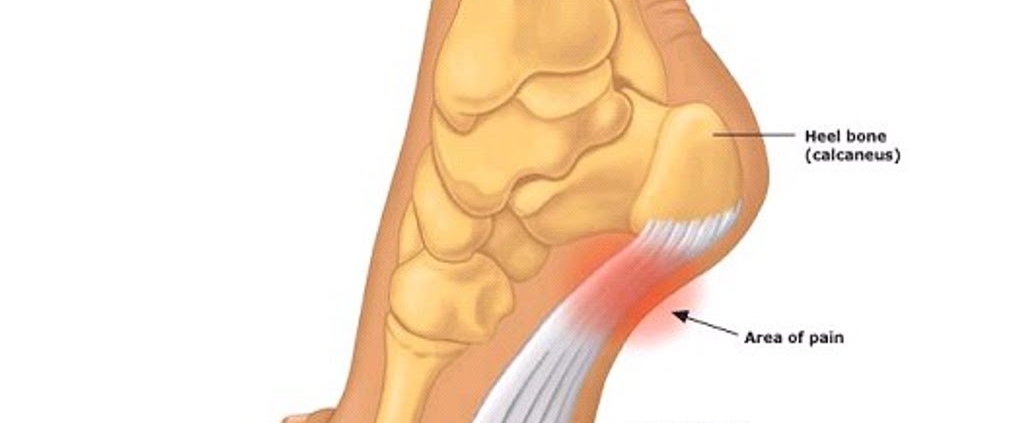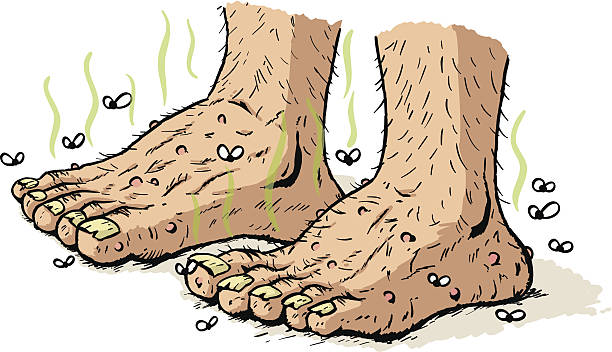Plantar Heel Pain
Also called Plantar fasciitis, Plantar fasciosis, Plantar fasciopathy
What is it?
Plantar heel pain is a collective term for pain in the heel. Pain in the heel can be many different pathologies. These include plantar fasciitis, bursitis, fat pad inflammation, bone cysts, nerve entrapments, fractures, bone spurs and bone bruising.
Patients will often attend a podiatrist with typical plantar fasciitis symptoms. However, it’s best to have a full musculoskeletal and biomechanical assessment completed by your podiatrist to determine the correct diagnosis as each treatment varies.
Where is the plantar fascia?
Your plantar fascia is a thick connective tissue band that originates in your heel and spans across the whole foot to connect at the ball of your foot (show in the picture above).
Most common symptoms
- Painful first steps in the morning
- Pain that gets better as you warm up
- Pain that’s worse at the end of the day after being on your feet all day
- Pain when you stand up after long periods of rest e.g. sitting at an office desk
- Pain on the bottom of your heel or in your arch
How did I get plantar fasciitis?
Plantar Fasciitis is a chronic issue. This means it has most likely been slowly happening over a few months and you haven’t noticed until now (when you have pain). Generally plantar fasciitis will start if you have had a sharp increase or change in load. This may be a change in body weight; a sharp increase in exercise (going from 0-100); poor footwear; standing for longer periods of time on hard floors or poor global or lower leg strength.
How do we treat plantar fasciitis?
Plantar fasciitis can be treated in a number of ways, with many different modalities. Generally plantar fasciitis is treated with a robust and structured plan which is progressed and changed every 1-4 weeks. With the correct treatment, your plantar fasciitis should be much improved at 6-12 weeks. Some people require further treatment depending on the length of time they have had plantar fasciitis.
Treatment options include (but are not limited to):
- Short course of Anti-inflammatory medication
- Taping
- Stretching/massage
- Heat/ice therapy
- Activity modification
- Strength training
- Footwear changes
- Orthotics
- Corticosteroid injection
- Surgery
All of our podiatrists and podiatric surgeons offer comprehensive assessments and treatments for plantar fasciitis as well as diagnosis of other plantar heel pain pathologies. Please get in contact today if you are experiencing plantar heel pain.
View our Top 6 Tips for Plantar Fasciitis on Instagram
View our Top Shoes for Plantar Fasciitis on Instagram




